Digging for Brown Gold
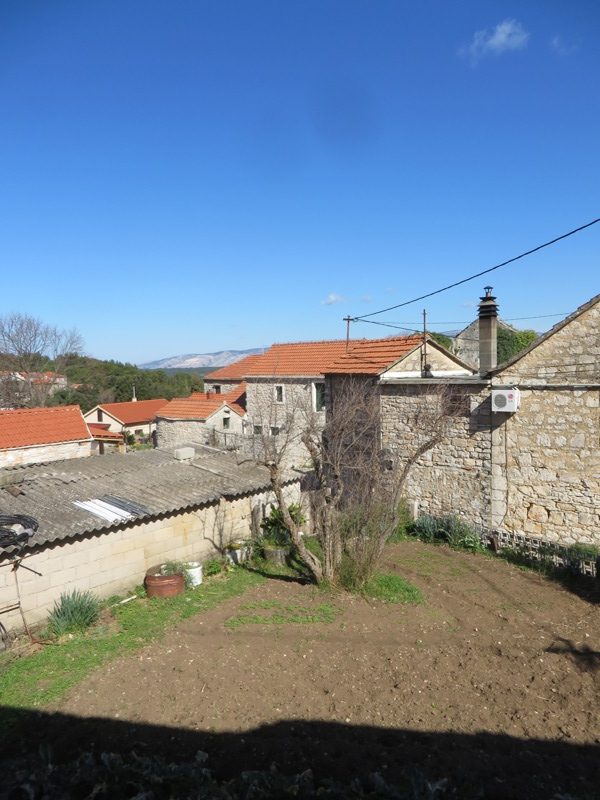
This week: A country garden; Composting; Digging for ‘Brown Gold’; Future paradise;
When I got the car back from the garage two weeks ago, the windscreen washer pump wasn’t working. So Sunday morning saw me removing the various covers, catches, nuts and bolts. Then working in the confined space of the wheel arch to remove the washer bottle and the broken pump.
A couple of skinned knuckles later, I had everything removed ready for a visit to the automotive spare parts supplier in Stari Grad first thing on Monday morning. Come Monday, Tokić/Kotač in Stari Grad had had the correct pump delivered. But trying to get the correct lock tab fixings to re-attach the inner wing splash guard was more difficult. I’m waiting for them to tell me they have found the bits that I need, then I’ll go again and collect them. Then I can reassemble everything.
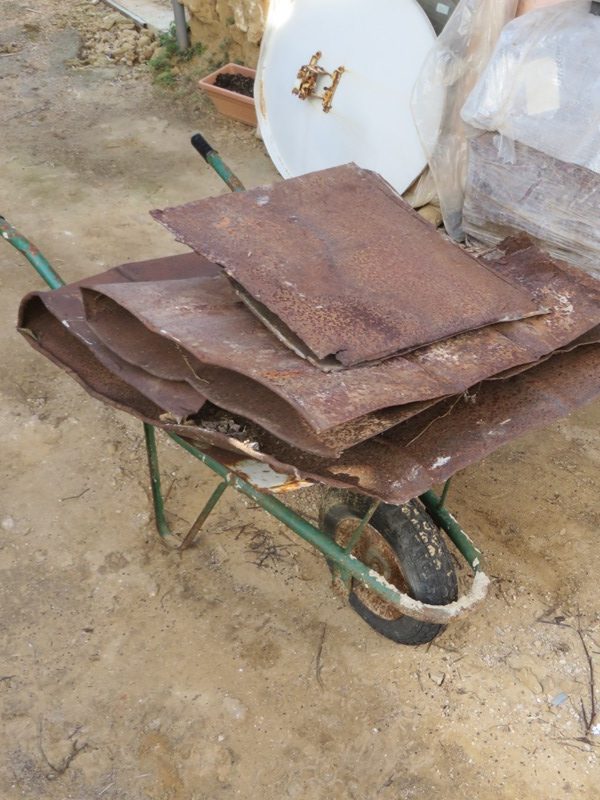
There have been bits of rusty, old steel sheeting which have been propping fences up, so these were all piled onto the wheelbarrow which was then bouled down to the refuse bins for removal. It was much easier that several journeys carrying pieces of rusting steel. Having done one journey, I have now found two more sheets, which will also be taken down for the bin men.
An English country garden
Following on from last weeks work on a proper cottage flower garden, I established the levels for a small stone retaining wall for the bed and started building.
I was encouraged when the postman delivered a book I ordered from ABE Books: Garden Plants for Mediterranean Climates. I already have several books on sub-tropical plants and Mediterranean gardening, but you can never have too many books.
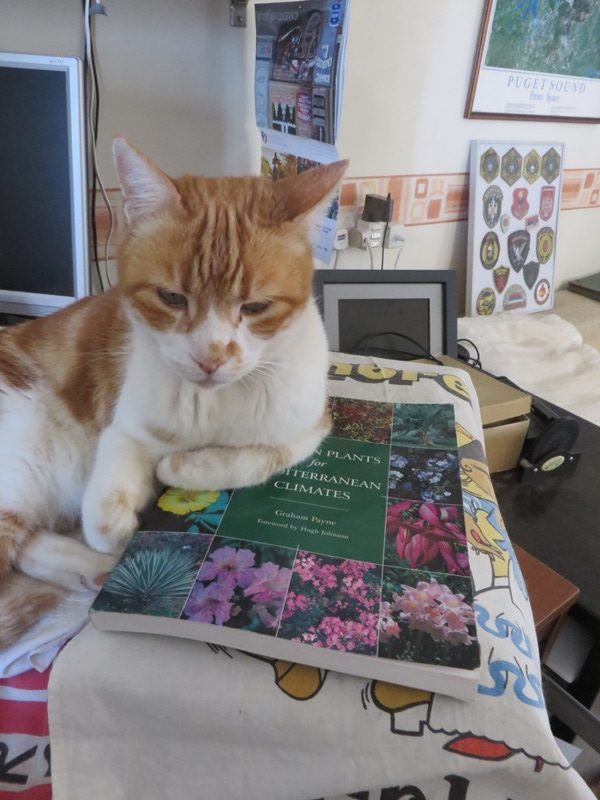
Written by Graham Payne, formerly the Head Gardener for several Colleges in Cambridge, this book has 225 pages of plants and their descriptions. There are several plants I want to try. One which is especially spectacular are the Sugar Bushes, Protea cynaroides, but I need some garden first!
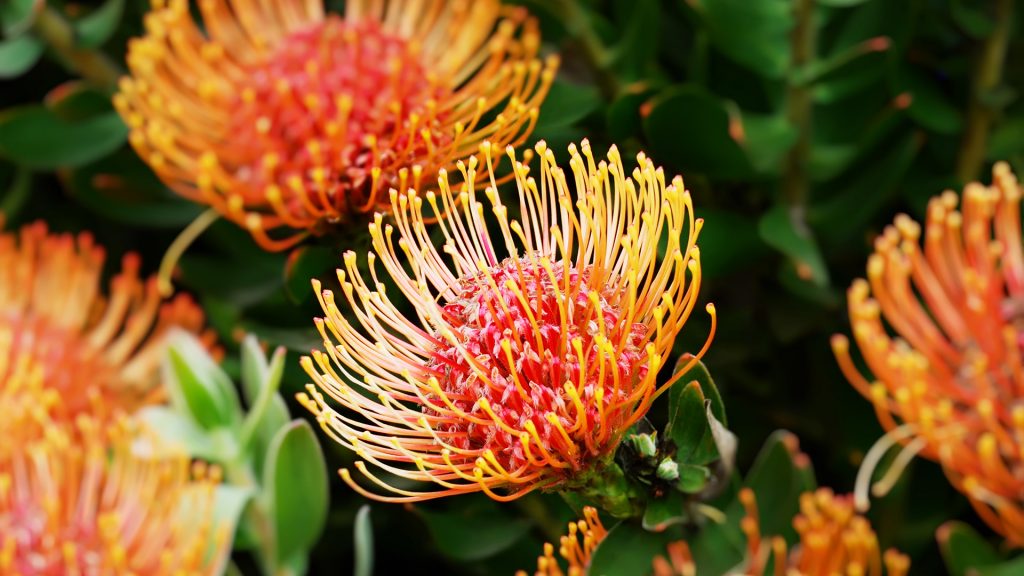
I’ve come to the conclusion that “gardening” is a leisure pursuit or a hobby. In this part of far south eastern Europe, people generally do not have hobbies and they definitely don’t have time for leisure pursuits. With the notable exception perhaps of drinking coffee with friends.
Locals are extremely hard working. Looking after a couple of hundred Olive trees or a thousand or more grape vines takes time, effort and commitment. Food is grown in every spare piece of land. Houses generally have some orange, lemon and Loquat trees around the courtyard, with herbs and salad crops in the under-story.
You do see bulbs, but not the profusion of flowering shrubs and trees that you find in Italy for example. But Italy has a history, like France, Portugal and Spain of formal gardens and plant explorers going in search of some rare beauty to bring back to present to the Royal Court.
The subsistence farming that has been practised here for centuries continues, but with modern mechanical aids (chainsaws and the like). There is no cultural history of gardens and hence a garden is not in the local conscientiousness. But I want one!
The quality of the soil in the Top Orchard is several orders of magnitude better than any I have anywhere else. I found worms when I was digging. Lots of big fat ones, small thin ones and all sizes in between. This would not normally rate a mention in more northern climates, but here where in the other orchards, you can dig a quarter cubic meter hole and not find a single worm, to find so many tells me a lot about the soil.
There are also a lot of big stones. To plant a colmunar cherry tree, I had to use a pick axe. Not because the soil was so hard, the opposite, it is a fine tilth, but because I was unable to remove the stones with a spade.
It’s back to the work plan again. I need the low retaining wall so that when I move the compost from the fold yard to the new compost bin, compost which has already been converted will go into the perimeter beds where I am going to plant shrubs and trees.
But first I need to install the services. I am putting in a low voltage electric line, so that I can (eventually) have a lit path and also the rain water recovery pipe needs extending to the wetland area.
I also wanted to install an underground irrigation system at the same time. It’s all about my usual mantra of “do it once and do it right”. And while I am doing all this, I don’t have to get into removing the jungle around the old orchard wall! Not that I am putting it off of course, you understand….
Composting
Second job on Monday, after the trip to get the windscreen washer pump, was to install the underground electric cable and precipitation recovery pipe in the top orchard. Once this was in place and covered, I could then start building the low retaining wall.
I’ve done a bit of measurement here, based around how big the trees and shrubs will eventually grow. The border running alongside my boundary will be just under a meter wide throughout its length of nine meters. The border will also be raised and separated by a rockery wall from the path. In time some shrubs will grow and overhang the path, whilst others will spread sideways. But that I can manage through appropriate pruning.
I realised early in the month that I needed to clear the compost bin, pronto. This is all about doing jobs in the right order.
To finish my steps I need to get access to either side of the old wall. But on one side is where I created a compost heap. Its been there for over three years. The new location is where I have currently stored some sand. So first job on Tuesday was to relocate the sand.
Then I lined the floor and side walls with some pieces of corrugated roofing I have.
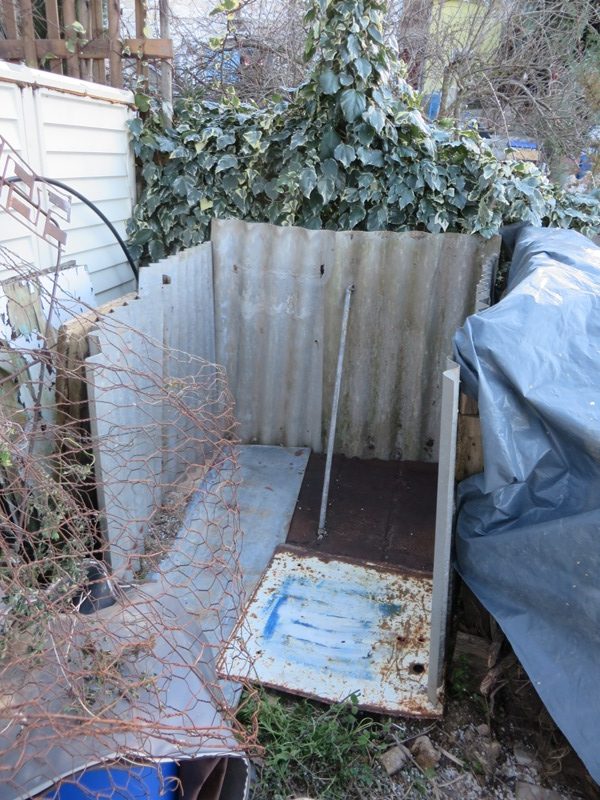
There are some really useful “all purpose” wooden boards that are available from builders merchants here. Coming in different widths and lengths, they have a solid core, laminated between waterproof plywood on the front and back.
This makes them very strong. Builders use them as boarding, shuttering, planks, running boards – in fact for just about anything you can think of.
I’ve made replacement doors from them, after adding a tongue and groove joint to join them, then additional bracing.
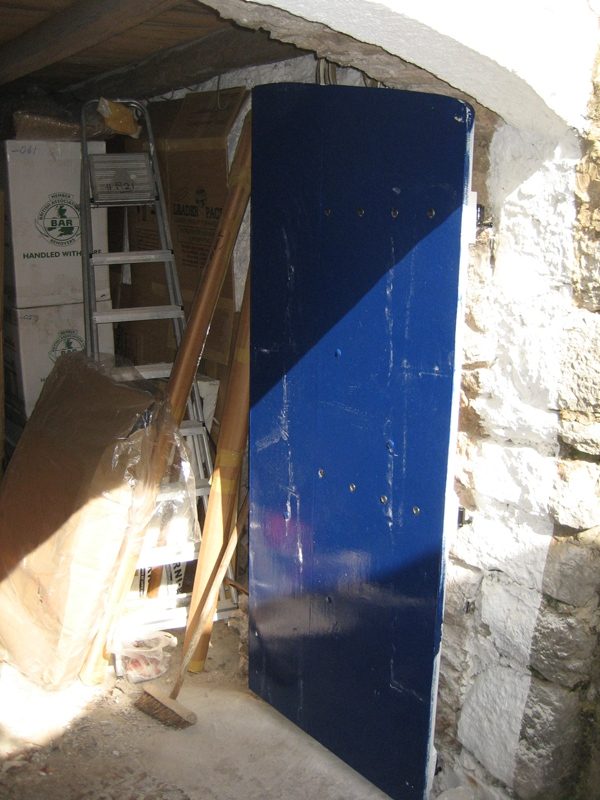
In their bare state, I built a working platform to lift my motorbikes off the ground to ease maintenance, oil changes and the like.
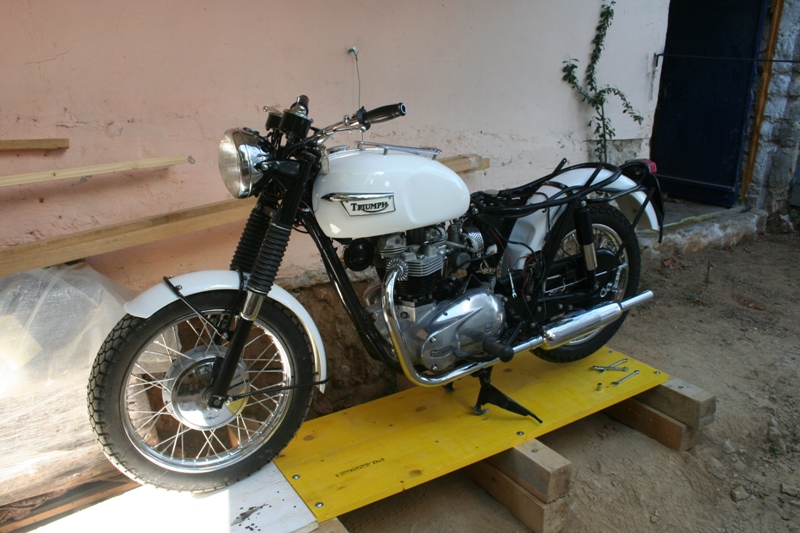
This week I’ve used two to create a bridge/ramp from the fold yard down to the work plaza, to make it easy to barrow the compost from the open heap, to my new bin.

Digging for brown gold
You forget how much stuff you put onto the compost heap. All the usual kitchen compostable waste, weeds, autumn leaves and anything else green, that will decompose down. The pile now contains in excess of a cubic meter of material – oldest on the bottom, newest on the top.
There are many books on the right way to compost, but what I found when I started to move the pile was that the bottom two thirds is a crumbly, friable and high quality compost. The top third is still in the process of decomposing. But the compost heap is cold and relatively dry.
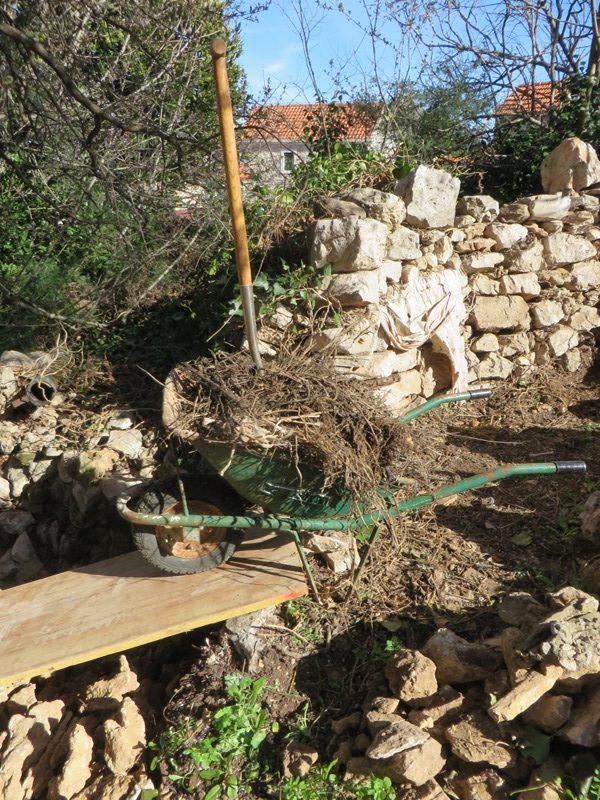
The science of composting holds that there should be heat, too hot for your hands in the centre, and it should be damp/wet. My compost heap is in full sun, so dries very quickly and with the paucity of precipitation – and I haven’t used the hosepipe – it is quite dry anyway.
As I dug out half the contents, I found just two worms, but a very large number of other insects. lots of various kinds of Wood Lice, earwigs, spring tails, centipede and millipede – all insects involved in breaking down vegetative matter. There are many more smaller insects, fungi and microbes at work too.
In amongst the rotting vegetation, and throughout the depth of the pile, I’ve found a lot of large grubs
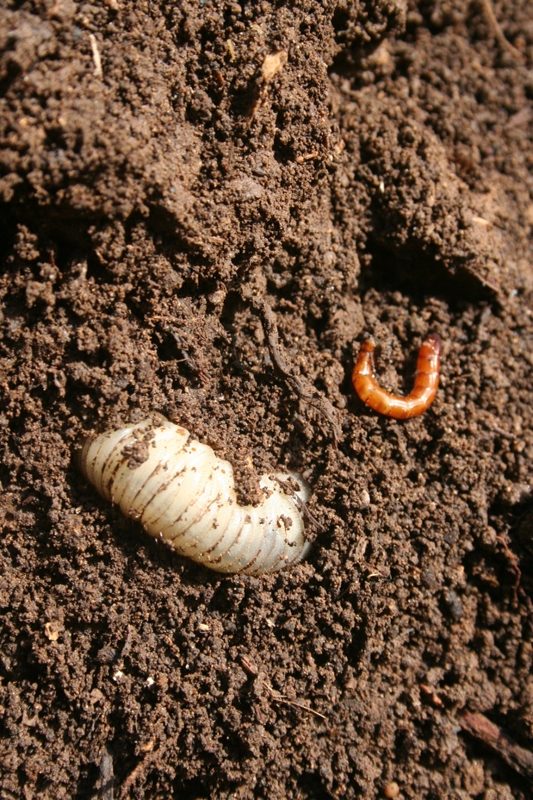
There are some small ones which are 10mm long, but the majority are large, between 25 and 35 millimetres long and over 10mm wide. This set me on a quest to find out what they were, but it didn’t take long.
In the summer the two largest flying insects we have are Circadas and Green Rose Chafers. A quick look on the internet confirmed that these are indeed the larvae stage of the Green Rose Chafer, Cetonia aurata.
They are noisy and careless flyers, often crashing into objects, but their stunning iridescent green carapace and wing covers makes them particularly nice insects to have around. The full life cycle is available as a pdf, but in essence, the female lays the eggs on decomposing material. This is the start of a two year life cycle.
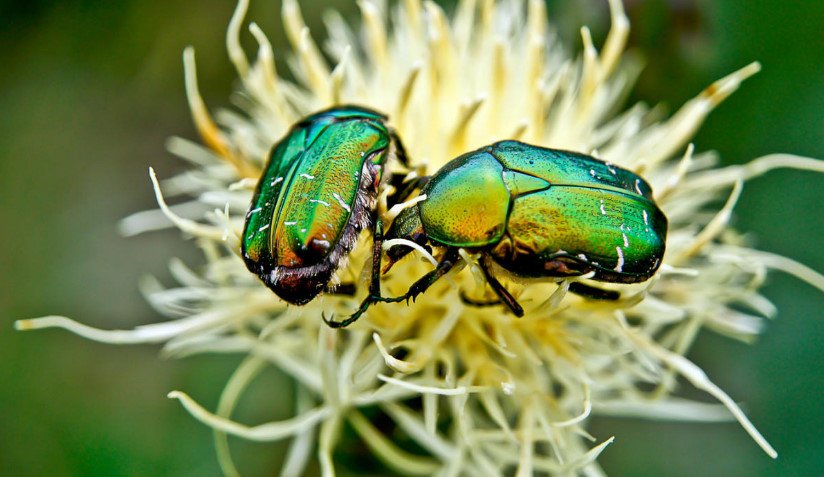
The grubs I have found are all curled up into a horseshoe shape, still in hibernation mode. Once the soil warms to +12ºC, they will become active again, feeding before they pupate in late May, emerging as adults in August. I’ve been careful to remove them and relocate them to the new compost bin.
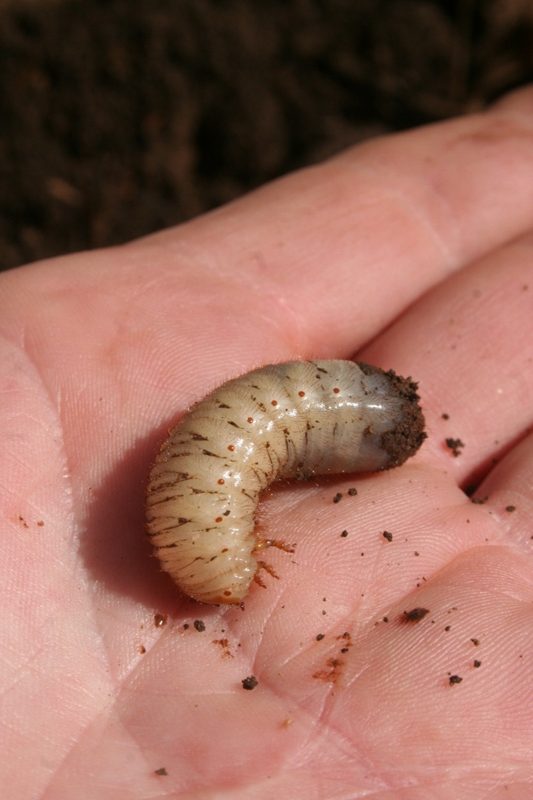
Given the number I have found, which is in the hundreds, what has occurred to me is that they may be taking the place of worms in this summer-hot climate. They are throughout the heap, top to bottom and I’ve also found them in piles of mulch that I’ve placed around my fruit trees.
As I move partially decayed material to the new compost bin, I am adding Garotta, a composting activator. The bottom layers which are very rich humus, I am riddling this material before adding it to the beds where the shrubs will go. Any coarse material is going back into the compost bin and small stones are being removed.
It has taken three days to clear the compost heap, separate what was in there and move the constituent parts to different places. Hard work, very necessary, but now it leaves a clear run to start removing the walling to get to the foundation stones.
For now I have piled up the Brown Gold in the Top Orchard, ready to create the flower beds.
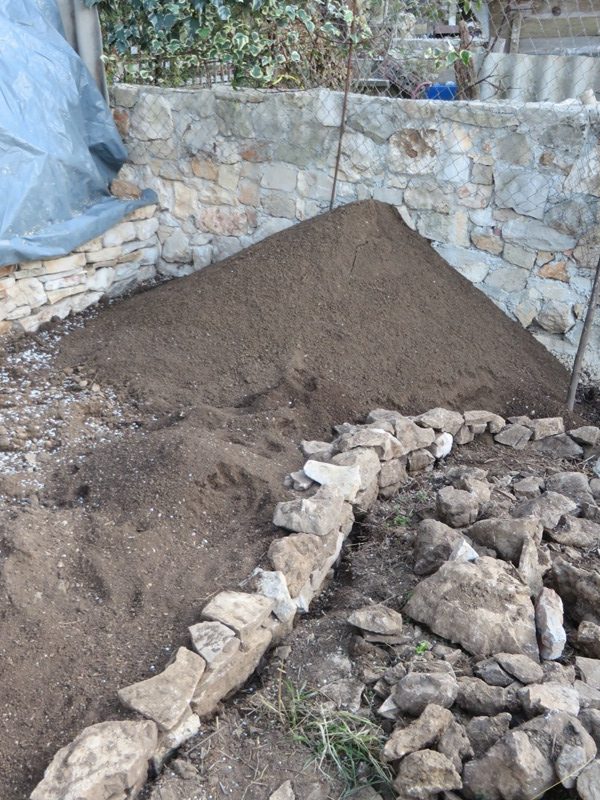
Definitely just moving the whole heap would have been quicker, but then at some later date I would have needed to sort and separate the compost from the still rotting material. Whilst it has taken me longer than I anticipated (what task doesn’t?!) it fits my “Do it once and do it right” mantra.
What am I bid for this ancient compost heap?
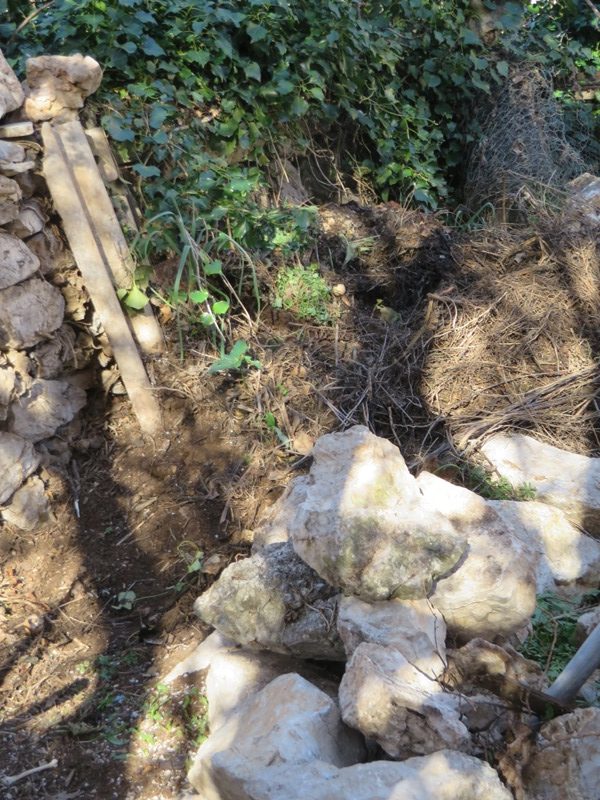
Going once
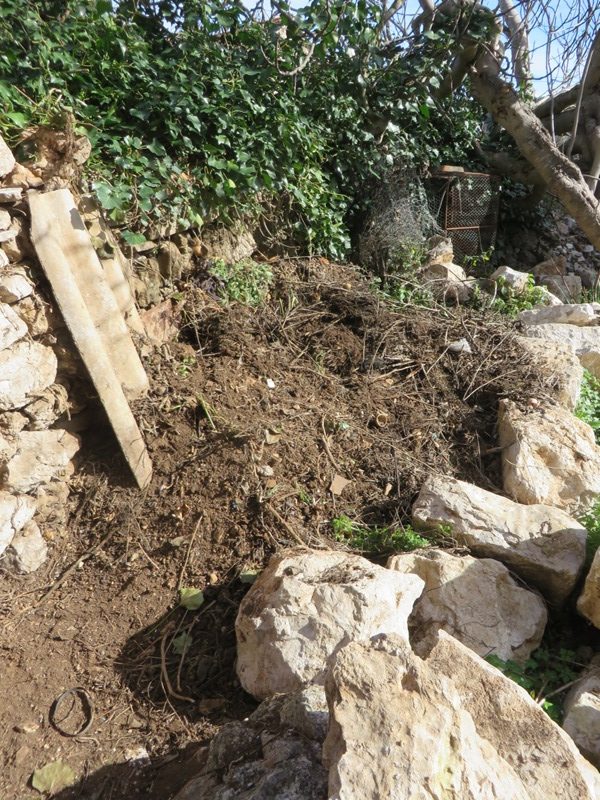
Going twice…

Gone!

To be replaced with graded stones dismantled from the wall.
Future paradise
On Saturday I started to remove the not-so-old stone wall that enclosed the fold yard. This I suspect has been built just after the Second World War.
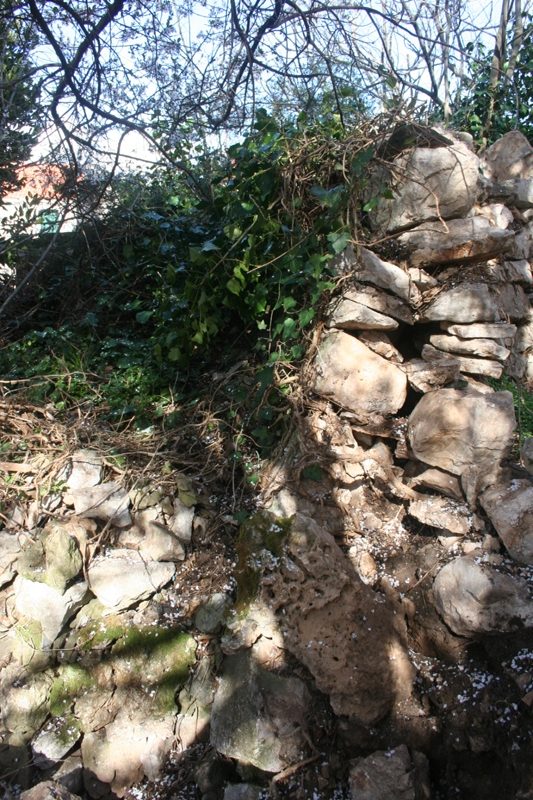
The fill in the middle of the stones consist of pieces of broken grey roof tile. These were provided as war reparations, for home owners to repair the buildings destroyed by the Italian Facista in 1943.
Some of the stones still have lime mortar on the faces, so clearly they have come from a much older building, and there are pieces of old stone roof tiles – the sort that was on my buildings when the Facista set fire to them.
So I suppose that the wall was created in the late 1940’s using whatever material the owners had to hand.
But I stopped dismantling the wall at lunch time. As I got into the area, there are just more and more stones, together with trees and ivy trunks that are as thick as my forearm.
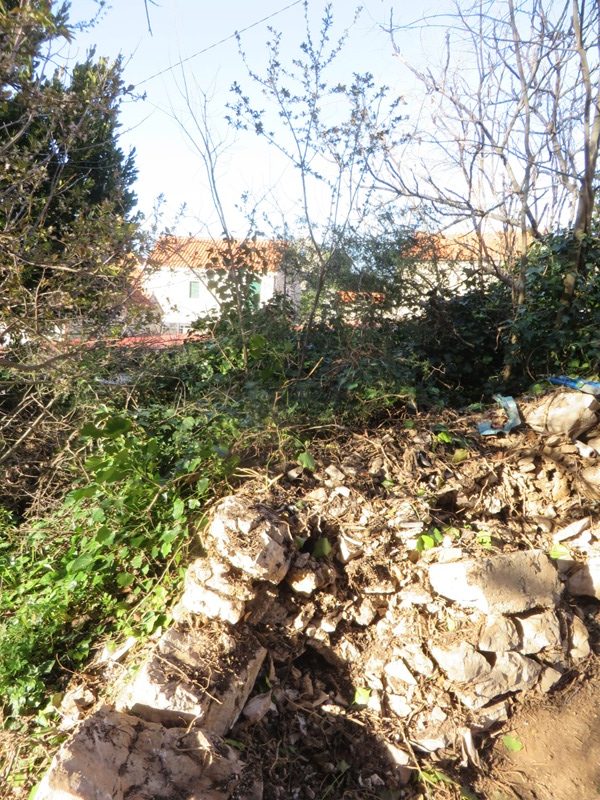
I need to sharpen the chain saw and on Monday hack my way into the jungle. You can’t use noisy tool here on Sundays and I must admit to feeling somewhat despondent just looking at the immensity of the task. So I gave up.
From the wall to my boundary, there is at least two meters of this greenery and rubbish that I will have to move and it is about a meter in depth.
With the temperature approaching + 20ºC, I made a Cappuccino and went to sit in the sunshine on the work plaza wall overlooking what will become my garden.
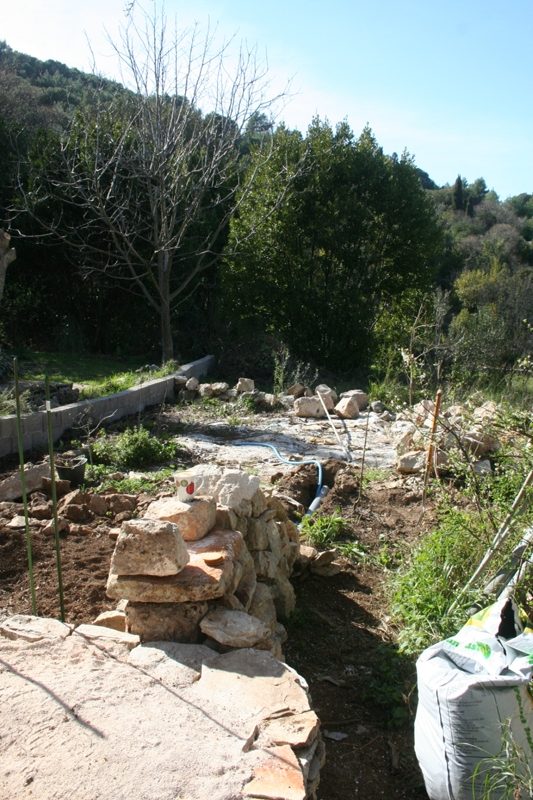
The pile of stones in the foreground are the recovered curved door arch stones, to the old stable, which will be incorporated into my new building.
With small blue butterflies floating past and the only sound being bees buzzing round the remaining flowers on the plum tree, it’s not hard for me to imagine what it will look like.

When there are Fuchsia in flower, Canna and the Lobster Claw plant, Helicona all growing around a small ornamental pond, it will be a Paradise garden retreat. NRC
One Response
Michael Charlton-Weedy
Norman,
you may not wish to get too fond of those chafer grubs. In UK the cockchafer grub earns its keep by eating the root structures of grass and other plants, which in my garden at least, makes them deeply unpopular. Even more so if they are present in sufficient numbers to attract badgers, who love them and do huge damage to get at them.
Compost heap? I’ve just hired a mini-excavator to turn mine over (3/4 acre generates lots of stuff) and outload the 1 1/2 tons that are ready for use.
Keep up the good work. Any chance that you could publish a reference map for us whereby we can see where everything is relative to everything else?